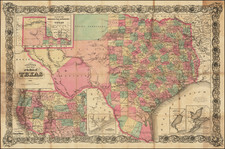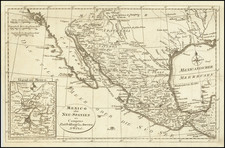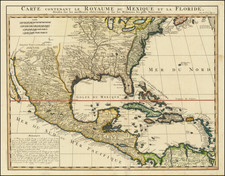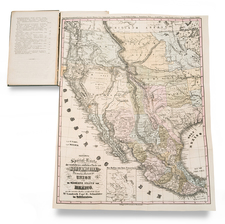This air navigation chart of Texas and adjacent regions, published by the U.S. Coast and Geodetic Survey under the authority of the Secretary of Commerce in April 1952, presents a methodical mapping of radio direction routes, stations, and aerodromes. The chart, employing the Lambert conformal conic projection, ensures accurate representation of angles and is especially suited for radio navigation. Constructed with data from a variety of sources, including the Mexican Government, U.S. Army Corps of Engineers, and U.S. Geological Survey, this map stands as a testament to the cooperative efforts of various institutions during the early Cold War era.
The 1950s were a pivotal period in the history of aviation and radio technology. With the Cold War in its early stages, precise navigation became paramount for strategic and civilian purposes. Radio direction finding, a technique used to determine the direction of incoming radio signals, played a crucial role in enhancing the accuracy and reliability of airborne navigation.
The chart covers a significant expanse of the southern United States, detailing radio range courses for each station and offering corrections for radio bearings. Furthermore, it identifies civil, joint civil and military, and military aerodromes, emphasizing the dual role of such infrastructure in both civilian and defense capacities. The visual gradations of elevation, displayed through color, offer an additional layer of information, denoting areas of varied altitude, essential for pilots in planning and executing their routes.












![(Dallas, Texas) USAF Target Complex Mosaic-Series 25 [Sheets 0 - 4]](https://storage.googleapis.com/raremaps/img/small/87119.jpg)

![Official Texas Brags Map of North America . . . Scale One Inch = 6 Texas Grapefruit [With Original Envelope!]](https://storage.googleapis.com/raremaps/img/small/70748.jpg)